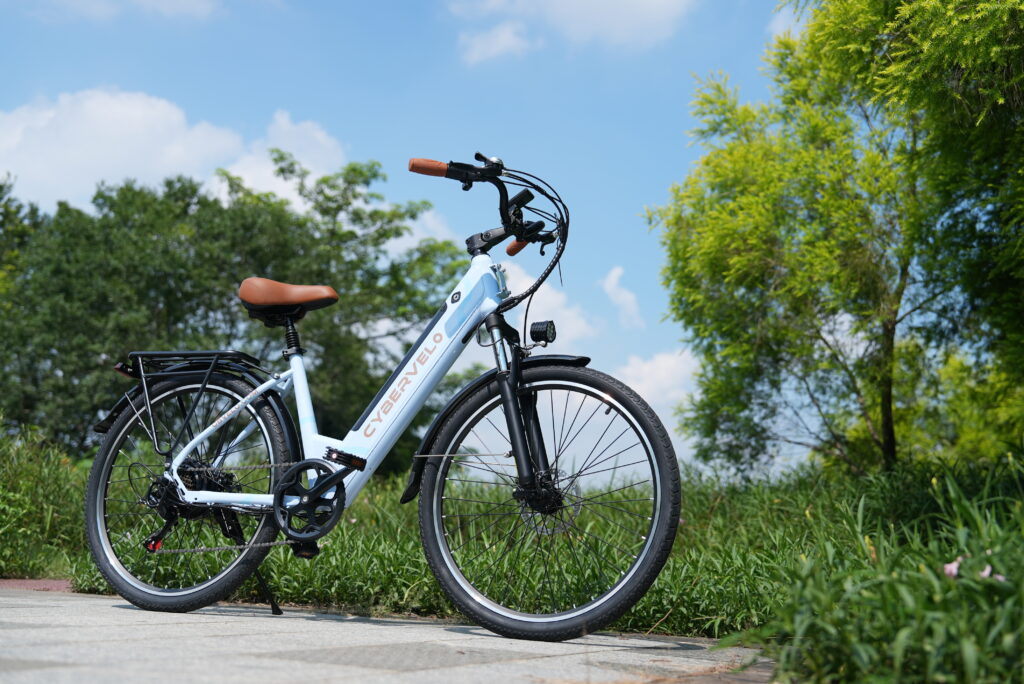- While “zero tailpipe emissions” is a key selling point for e-bikes, their full environmental story involves looking deeper into their lifecycle and indirect effects.
- The Battery Conundrum: The lithium-ion battery is the environmental hotspot. Mining lithium, cobalt, nickel, and graphite involves land degradation, water pollution, high energy consumption, and sometimes unethical labor practices. Battery manufacturing is also energy-intensive. This embedded footprint means the first few thousand miles ridden carry a higher environmental cost per mile. However, as the bike is used over its lifetime (especially replacing car miles), this initial impact is dramatically offset.
- Energy Source Matters: While emitting nothing locally, the electricity used for charging comes from the grid. The carbon footprint of an e-bike charge depends entirely on the local energy mix. Charging with coal-heavy electricity is less clean than using hydro, wind, or solar power. The good news is that as grids decarbonize globally, the operational footprint of e-bikes shrinks further. Even on a relatively dirty grid, e-bikes are vastly more efficient than cars.
- Tire and Brake Wear:When assessing e-bikes’ environmental impact, tire and brake wear—often overlooked—merits attention. Like all vehicles, they generate microplastics from tires and particulate matter from brake pads, though regenerative braking in some models reduces brake wear by recapturing kinetic energy and lowering mechanical brake use.While e-bike tire wear is far less than cars’ (hundreds of grams vs. kilograms annually), its non-zero impact matters. Microplastics spread via road runoff, entering waterways where their small size lets aquatic life ingest them, accumulating in food chains and threatening ecosystems and human health. Brake particulates, containing metals like copper, compound this water pollution.Thus, despite e-bikes’ eco-advantages over fuel cars, their microplastic risks demand action: developing durable, green tires, refining regenerative braking, and enhancing urban road cleaning and wastewater treatment.
- Infrastructure and Indirect Effects: The rise of e-bikes necessitates and encourages investment in cycling infrastructure – dedicated lanes, secure parking, charging points. Building this infrastructure has an environmental cost (concrete, steel). However, this investment leads to broader positive shifts: more people cycling means fewer cars, reducing the need for expansive, resource-intensive road networks and parking lots. It fosters denser, more walkable/cycle-able cities, which are inherently more sustainable.
- Lifecycle vs. Displacement:Lifecycle vs. Displacement: When evaluating the environmental impact of e-bikes, the interplay between their lifecycle effects and displacement potential emerges as the most critical factor, with displacement taking center stage. The environmental outcome hinges largely on what mode of transport an e-bike ends up replacing.If acquiring an e-bike results in a noticeable reduction in car usage—say, swapping daily car commutes for e-bike rides—the net environmental benefit is substantial. Cars, especially when operating in urban areas with frequent stops and starts, emit significant amounts of greenhouse gases, pollutants like nitrogen oxides, and consume large quantities of fossil fuels. Each car trip avoided by an e-bike directly cuts down on these emissions and resource depletion, creating a substantial positive environmental ripple.
- Conclusion: E-bikes are not magic bullets, but they are powerful tools for sustainability. Their true environmental benefit lies beyond the zero tailpipe emissions: it’s realized when they effectively reduce car dependency, leveraging their high efficiency to offset the impacts of battery production over their lifespan. Supporting responsible mining, battery recycling, grid decarbonization, and cycling infrastructure amplifies their positive impact.https://regic.net



